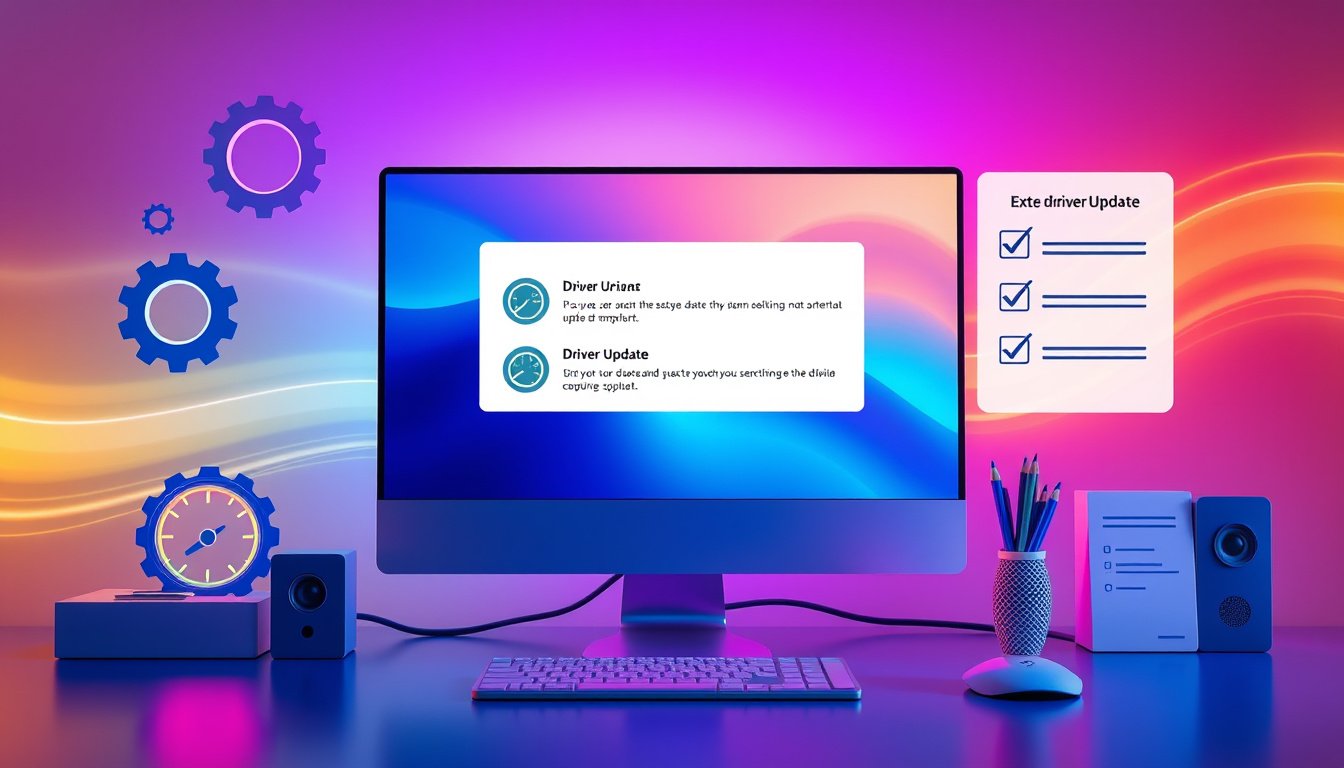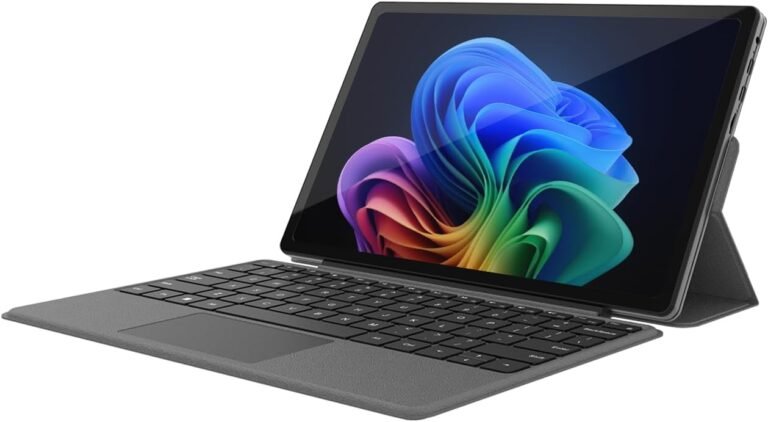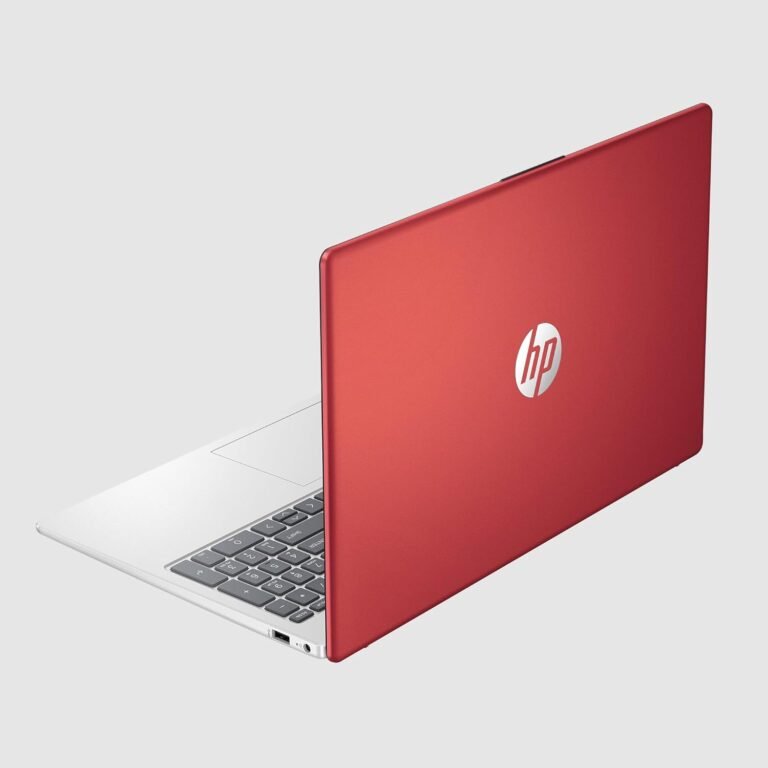
In the quest for a smooth, efficient, and reliable computing experience, one often overlooked aspect is the regular updating of device drivers. Drivers are vital software components that enable your operating system to communicate effectively with your hardware devices, including graphics cards, printers, network adapters, and more. Keeping these drivers up to date is essential for unlocking your PC’s potential and maintaining optimal performance. This guide will explore why updating drivers matters, which drivers you should prioritize, how to update them safely, and how often to do so.
Why You Should Update Drivers Regularly
Drivers act as the bridge between your PC’s hardware and software. When outdated or incompatible, drivers can cause a range of issues such as:
- Poor hardware performance or functionality
- System crashes or blue screens
- Security vulnerabilities
- Incompatibility with new software or hardware
By updating drivers regularly, you ensure your PC benefits from the latest enhancements, bug fixes, security patches, and compatibility improvements released by hardware manufacturers.
Which Drivers Should You Update?
While there are numerous drivers on your PC, some warrant closer attention:
- Graphics Card Drivers: Often updated to optimize gaming, video playback, and creative applications. Tools like NVIDIA GeForce Experience or AMD Radeon Software simplify updates.
- Network Adapters: Updated drivers can improve connection stability and speed for Wi-Fi and Ethernet devices.
- Audio Drivers: To ensure sound quality, compatibility, and to fix potential glitches.
- Chipset Drivers: Control communication between the CPU and other components—important for system stability.
- Printer and Scanner Drivers: Necessary for device compatibility and added functionality.
- Peripheral Drivers: For mice, keyboards, webcams, and other connected devices.
While GPU drivers usually get the spotlight, maintaining all key drivers updated keeps your PC running optimally across all tasks.
How to Update Your Drivers

Windows provides several methods to update drivers safely:
1. Using Windows Update
Microsoft automatically delivers most driver updates via Windows Update. This method is convenient and generally safe, providing tested and stable drivers for your hardware.
- Go to Settings > Update & Security > Windows Update and check for updates.
- Install any available driver updates.
2. Device Manager
For more control, Device Manager lets you update drivers manually or search automatically:
- Right-click the Start menu and select Device Manager.
- Expand the hardware category (e.g., Network adapters).
- Right-click the specific device and choose Update driver.
- Select Search automatically for updated driver software to let Windows find the latest driver.
- Alternatively, choose Browse my computer for drivers if you have manually downloaded the driver from the manufacturer’s site.
3. Manufacturer’s Software and Websites
For critical components like graphics cards and chipsets, driver updates are often released first on manufacturers’ sites:
- GPU drivers can be updated via NVIDIA GeForce Experience or AMD Radeon Software.
- Visit the official website of your device’s manufacturer to download the latest drivers matching your system configuration.
How Often Should You Update Drivers?
The frequency of updates depends on your usage and preferences:
- Regular Users: Updating drivers via Windows Update whenever prompted is typically sufficient to maintain security and stability.
- Gamers and Creative Professionals: Should monitor GPU and other critical drivers frequently (e.g., monthly) to get performance improvements and bug fixes.
- Troubleshooting Contexts: If you encounter an issue like hardware malfunction or compatibility problems, updating or reinstalling drivers is the go-to solution.
Avoid the urge to update drivers immediately upon every release unless they address specific problems or you require enhanced functionality. Frequent, unnecessary updates carry a slight risk of installing unstable drivers and causing new issues.
Best Practices for Driver Updates
- Always create a system restore point before installing new drivers to revert if problems arise.
- Download drivers only from official manufacturer or trusted sources.
- Avoid third-party driver updater tools which can sometimes cause more harm than good.
- Keep your operating system updated alongside your drivers for the best overall system health.
Conclusion
Updating your PC’s drivers regularly is a straightforward yet powerful way to maintain system performance, security, and compatibility. By understanding which drivers to prioritize, how to safely update them, and how often to perform updates, you can unlock the full potential of your PC. Incorporate driver updates into your routine maintenance, and enjoy a smoother, more reliable computing experience.
Remember: Your drivers are the unsung heroes that keep your hardware and software in harmony—give them the attention they deserve for optimal PC performance!









